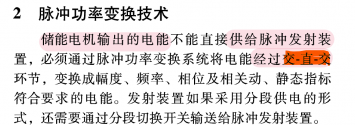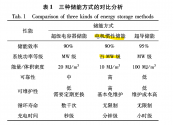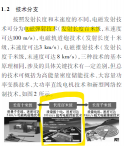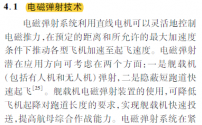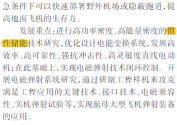There is no cycloconverter (an AC-AC converter) in China's launcher. I don't know what inverter you mean. Regardless, in China's system each launch motor is controlled and fed by separate control cabinet which does the AC-DC-AC work. Turning off one motor only need to turn off the DC bridge from the AC bus in that single control cabinet. It should not affect anything else. That DC bridge is acting as a dedicated switch for one launching motor.Unless, instead of all the catapults connecting to the cycloconverter like the US ones, now the cats are connected to the inverter. So when you shut one off, you shut them all off, and the same problem remains?
[Edit]
If by inverter you mean DC-AC converter that creates the driving pulse wave for the motor, then there is not one single "inverter" for all motors, but dedicated "inverter" for each motor. That is the beauty of going through DC, each one is isolated from others by basic design.
I think the diagrams that started this conversation is very misleading by omitting critical details that differentiate the two systems and hide the problem of EMALS. The black boxes in Chinese system contain the DC bridges which acts as switches.
Last edited:

